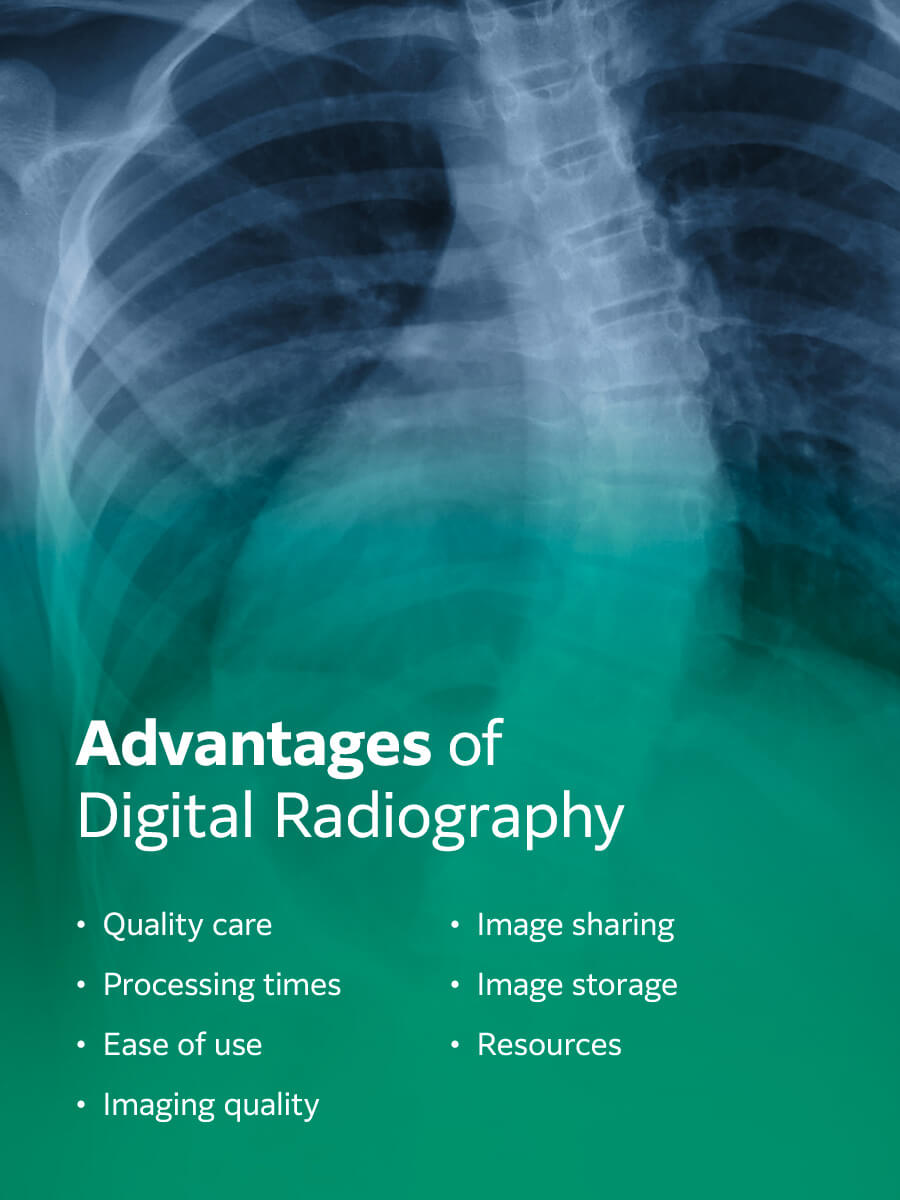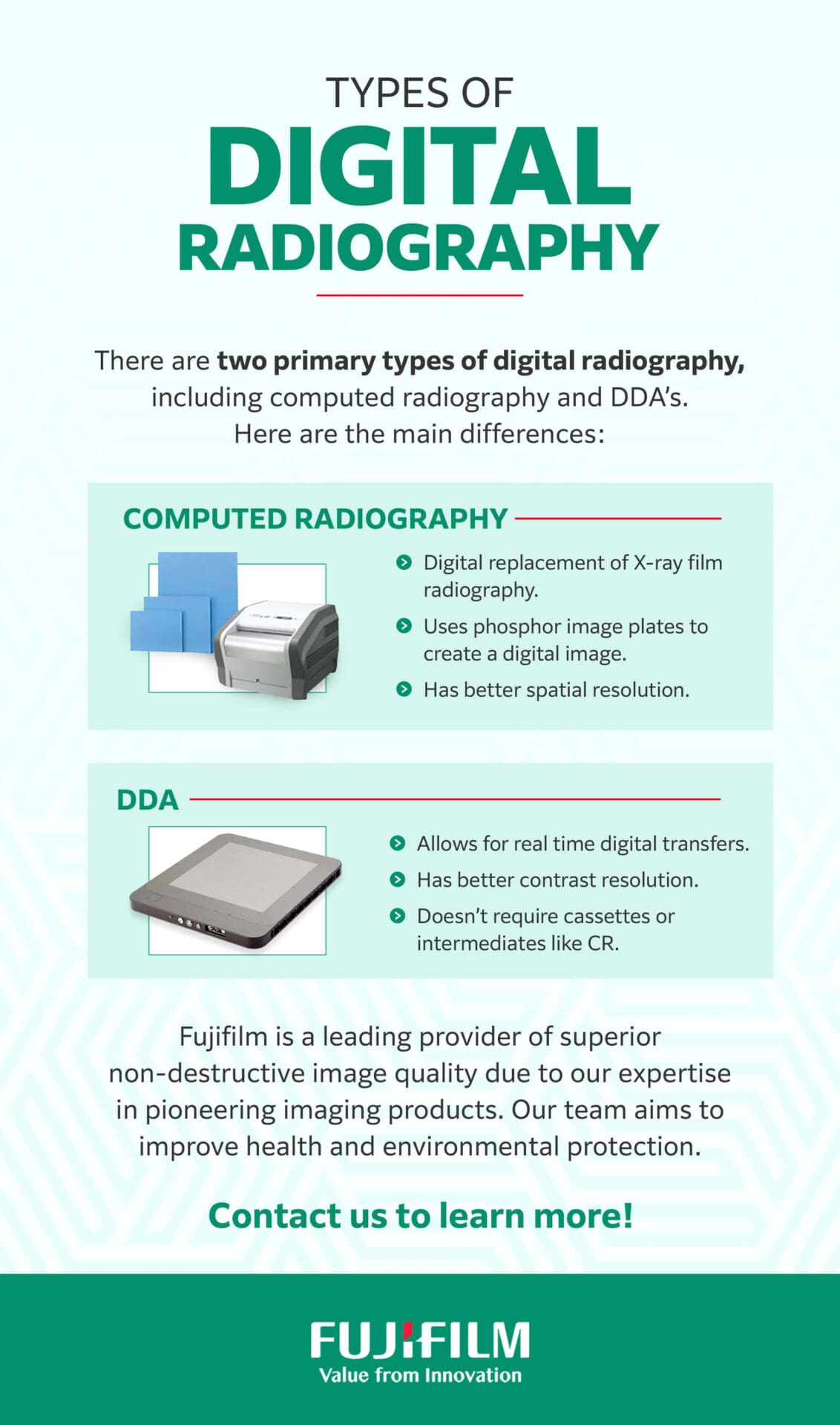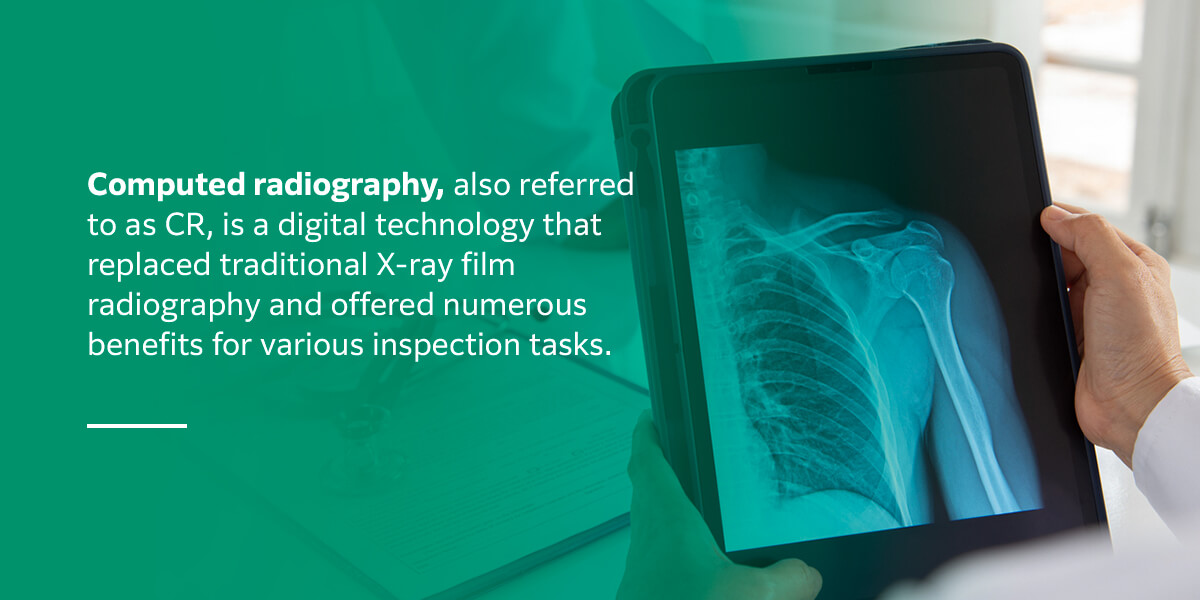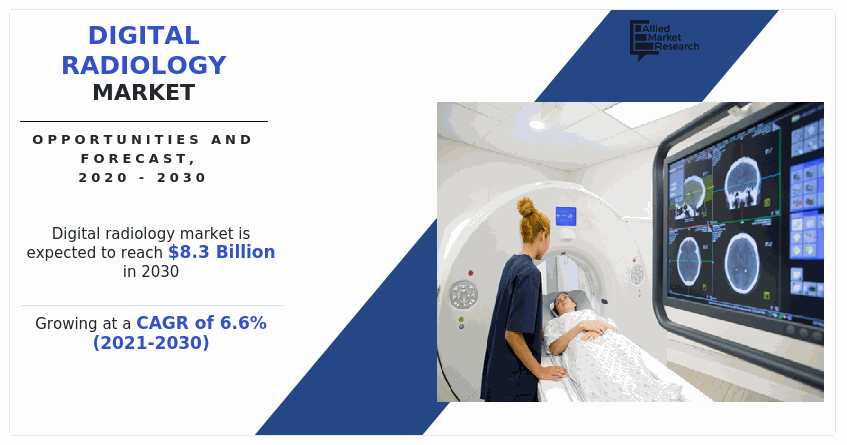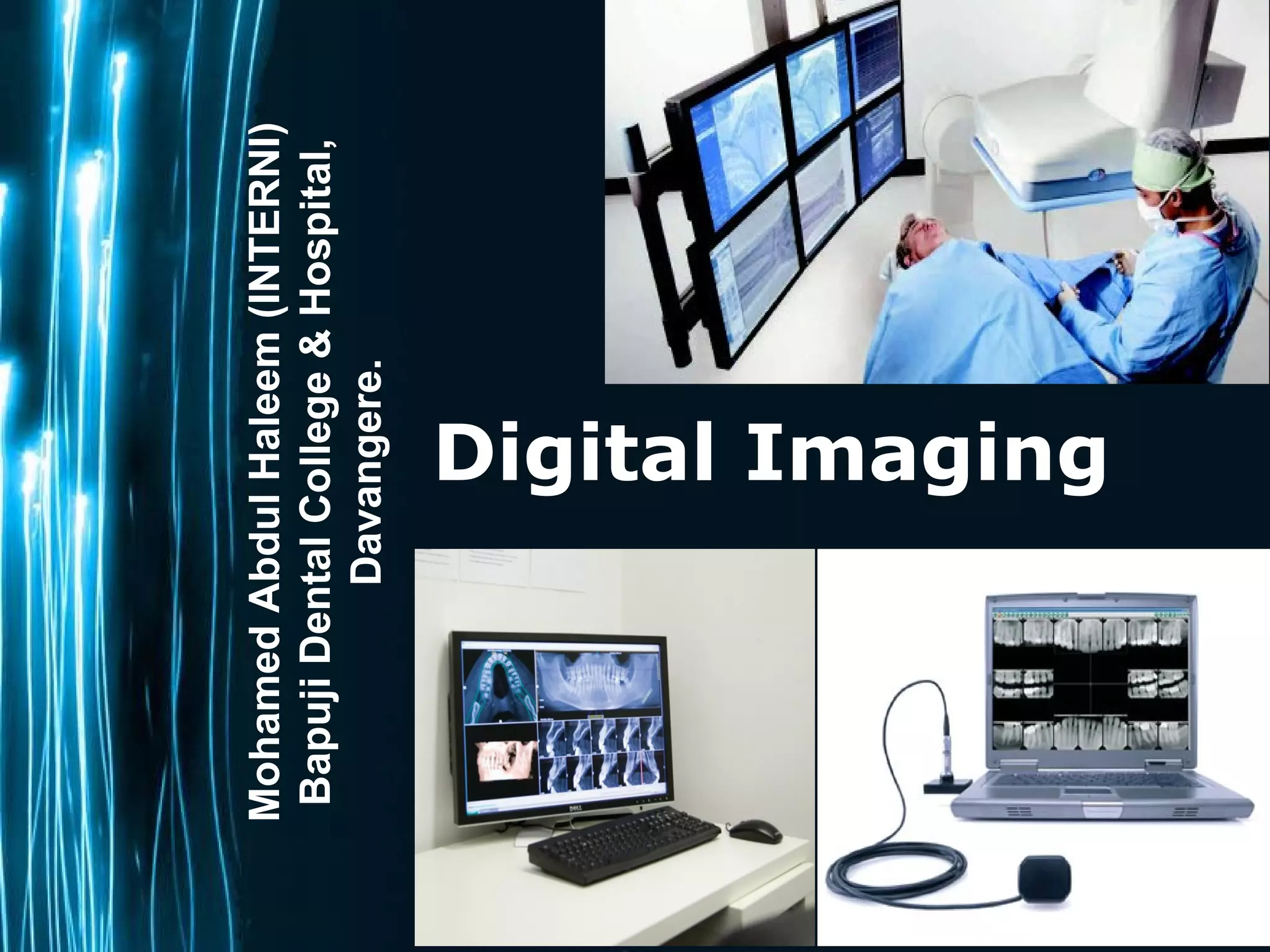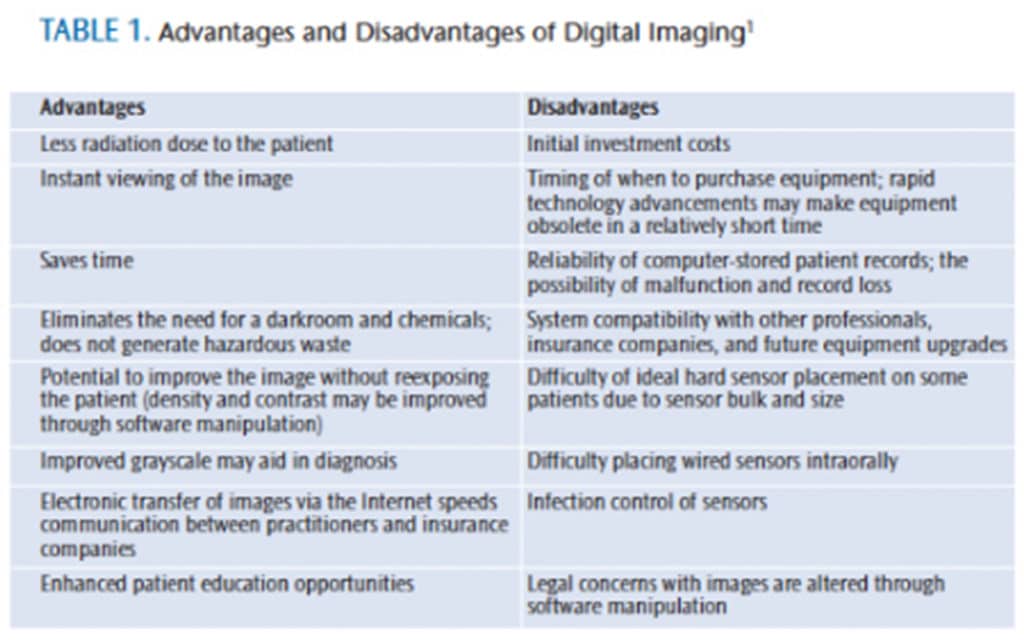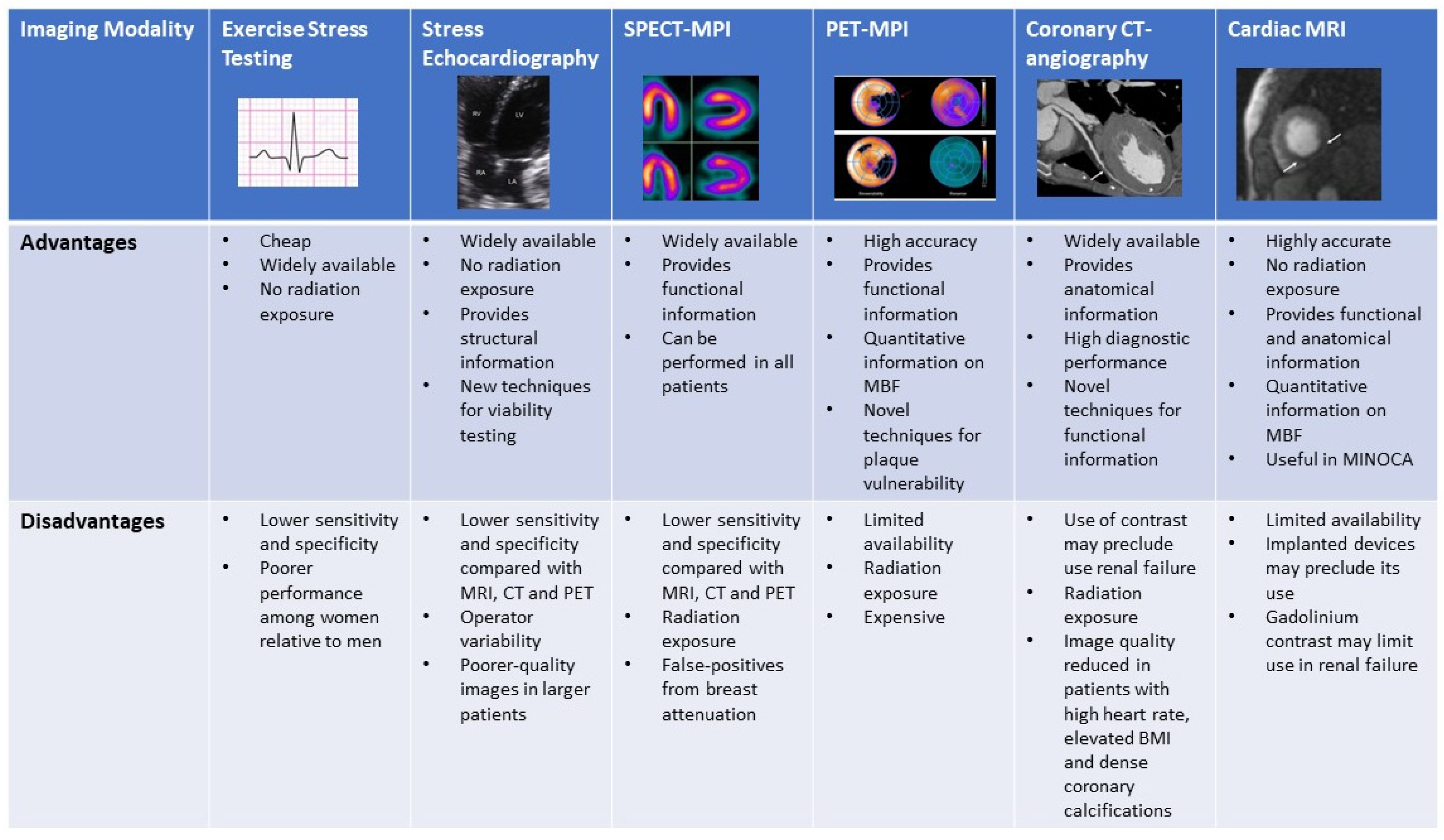Which Of These Is Not A Benefit Of Digital Radiology
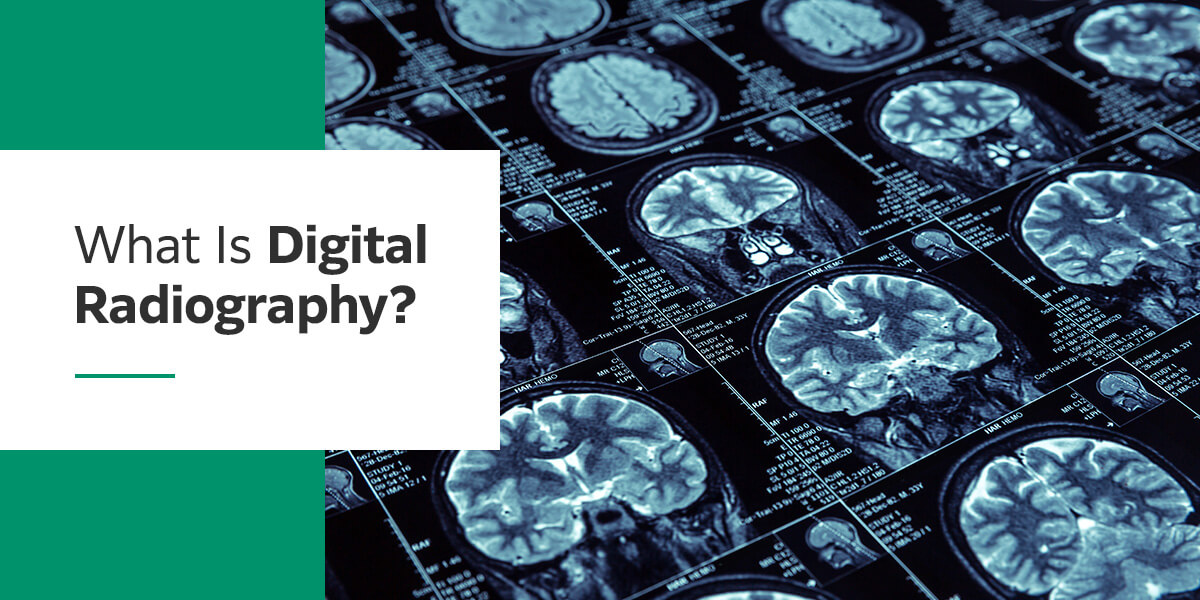
Urgent health alert: Confusion persists regarding the purported benefits of digital radiology. A recent study reveals a critical misconception, highlighting a potential pitfall in understanding its true advantages.
This report aims to clarify which frequently touted benefit of digital radiology is, in fact, a misrepresentation, potentially leading to misinformed decisions about medical imaging practices.
The Misconception Unveiled
Digital radiology, while offering numerous advancements, does not inherently eliminate the need for skilled radiologists. Some mistakenly believe the technology automates image interpretation, rendering expert human analysis obsolete. This is demonstrably false.
While digital tools enhance image quality and accessibility, the crucial step of accurate diagnosis still relies heavily on the expertise of trained radiologists to interpret the images and formulate a diagnosis.
Debunking the Myth of Automated Diagnosis
The misconception often stems from the advanced image processing capabilities of digital systems. These include features like contrast enhancement, magnification, and image manipulation. But these are tools to aid diagnosis, not replace it.
According to a 2023 report by the American College of Radiology (ACR), the demand for qualified radiologists is projected to increase, not decrease, due to the rising volume and complexity of medical imaging. The increased workload necessitates efficient tools but underscores the indispensable role of human expertise.
Automated analysis tools are being developed and implemented, but they serve to assist the radiologist, not supplant them. AI may flag areas of interest, but the final interpretation and diagnosis is made by a human.
The Real Benefits of Digital Radiology
Digital radiology offers a range of undisputed advantages. These include reduced radiation exposure for patients, faster image acquisition, and improved image quality.
The ability to digitally store and transmit images also facilitates remote consultations and streamlined workflows. Image sharing between specialists becomes easier with digital images.
Furthermore, digital systems eliminate the need for physical film processing, resulting in significant cost savings and environmental benefits. No more darkrooms or chemical disposal.
Data Supporting the Claims
A study published in the journal Radiology found that digital radiography can reduce radiation exposure by as much as 50% compared to traditional film-based systems. This is a crucial benefit for patient safety.
The World Health Organization (WHO) advocates for the adoption of digital radiology to improve access to diagnostic imaging in resource-limited settings. Digital systems can also transmit images across distances which is important in the WHO's efforts.
Data from the National Institutes of Health (NIH) indicates that digital image archiving improves data management and facilitates research. It helps contribute data and research.
Why the Misconception Matters
The belief that digital radiology eliminates the need for radiologists can lead to understaffing and compromised patient care. It can also create unrealistic expectations about the technology's capabilities.
Healthcare facilities must prioritize investing in both advanced technology and well-trained radiologists. The technologies are meant to work with each other for the most efficient service.
Proper education and awareness campaigns are crucial to dispel this misconception and ensure appropriate resource allocation.
Moving Forward
The ACR is launching a national campaign to educate the public and healthcare professionals about the true benefits and limitations of digital radiology. It is important to be educated about this topic.
Ongoing research is focused on developing AI-powered tools that can assist radiologists in image interpretation, but these tools are not intended to replace human expertise. AI is only there to assist.
Healthcare facilities should focus on implementing digital radiology systems that are integrated with robust training programs for radiologists to maximize their effectiveness. Training is vital for any new technologies.

